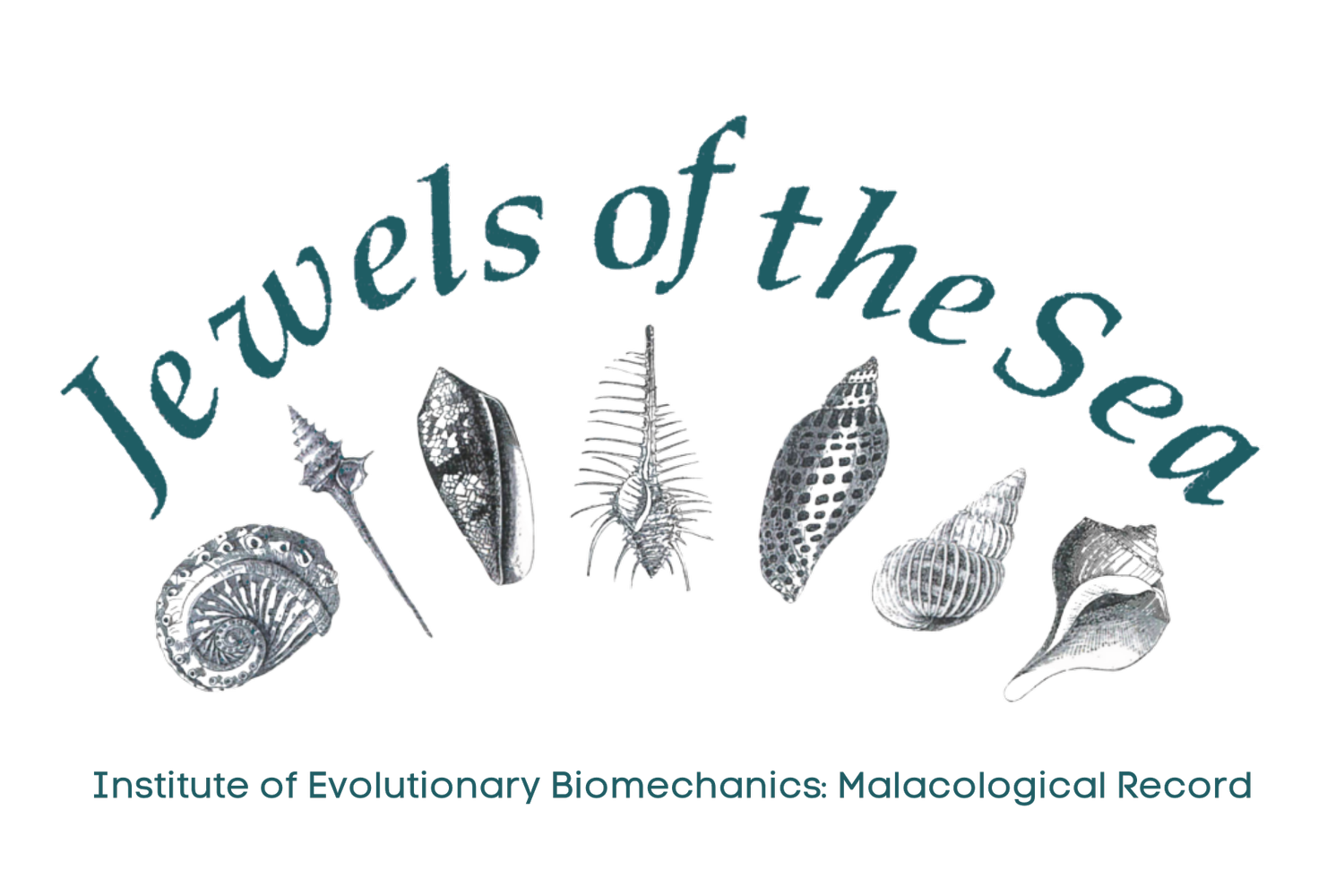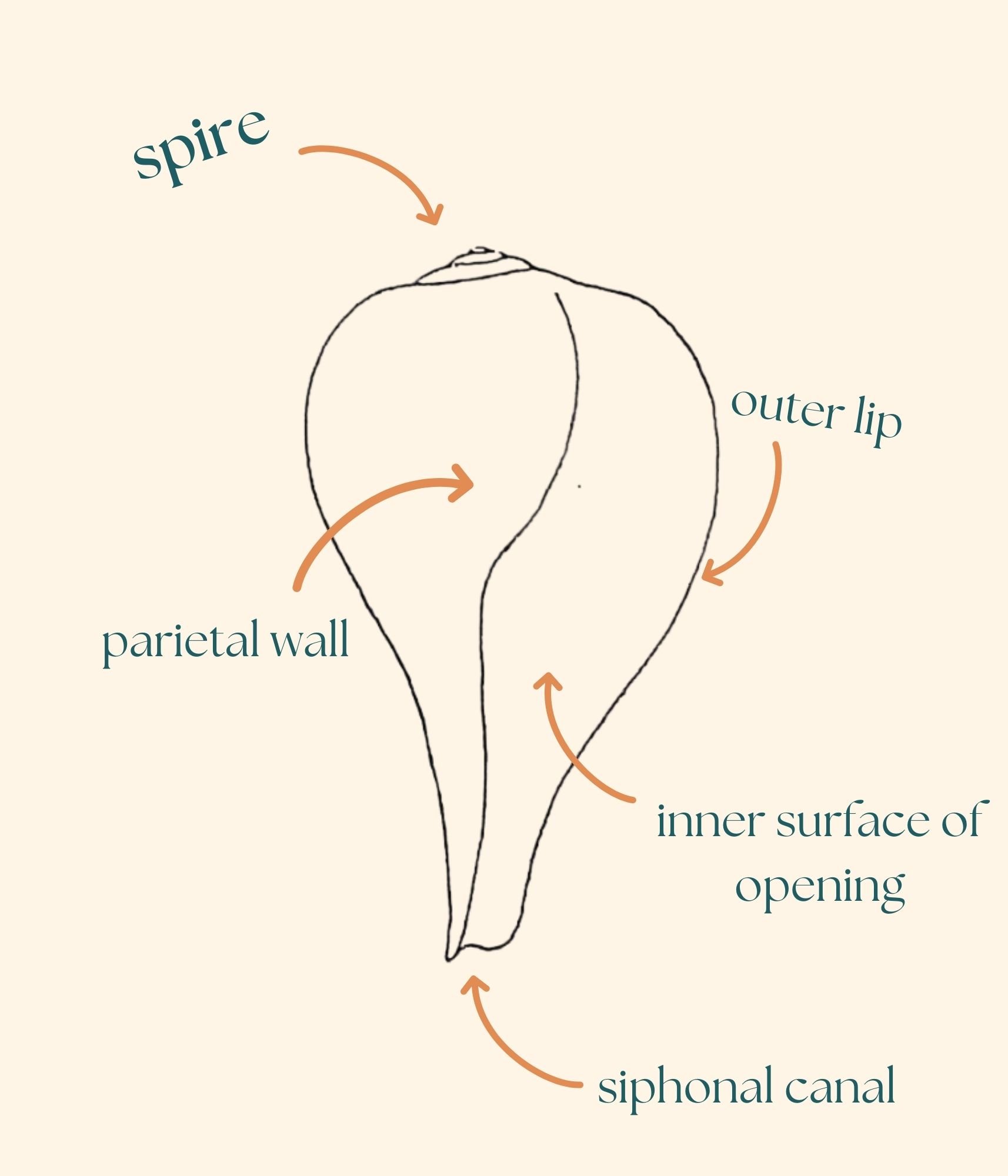
Explorers Club: June Clues!
Gastropod or Bivalve?
Begin on the Shell Identification page.
You’ll see two major groups, or “classes” – Bivalves and Gastropods.
“Bi-” means “two” – so Bivalves have two shells that are connected at a hinge, like scallops, mussels and clams.
Gastropod shells have only one piece.
Look at your shell, and the images for each class to figure out which group your shell belongs to.
TIP → If you guess wrong at first, don’t worry! You can always go back.
What to look for
Spire: The coiled part of the shell, located at the top. The spire may be relatively flat, pointed, or somewhere in between.
Parietal Wall: The section of the shell opposite the outer lip near the opening.
Outer Lip: The edge of the shell at the opening.
Inner surface of the opening: The area inside the opening, opposite of the Parietal Wall.
Siphonal Canal: The bottom point of the shell, opposite end from the spire.
Surface Color: The color on the outer portion of the shell. This may vary in a single species from shell to shell!
Opening Color: The color on the inner area of the shell.
What’s that notch?
In this month’s shell, you’ll notice a small notch on the bottom edge of the shell. If you’re stuck between two different shells, this detail might help you figure it out!
Think You’ve Found the Right Shell?
Once you think you’ve found the right shell, it’s time to see if you’re right! Go to the secret answer page — you’ll need to enter the password.
Every shell has two names. The common name is the big name at the top of the page — this is what we would call the shell in everyday conversation when talking with our friends.
The scientific name is the name naturalists use to study animals and shells. This is in Latin, so it will look a little strange, and it will be in Italics. There will usually be two words in the scientific name, but sometimes there might be three.
The password is the last word of the scientific name. Make sure to type it in all lowercase.
If you’re right, you’ll unlock the answer page and learn more about the animal that used to live in this shell!



